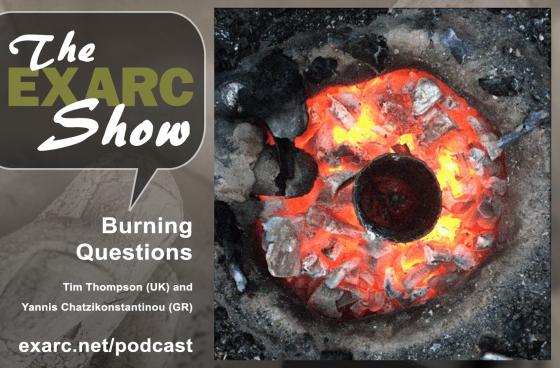
How can archaeological examples of cremation help us understand the past? How do we even identify a cremation?
Join us in this month’s episode of #FinallyFriday where we’re joined by two experts focussing on cremation to find out the answers to these questions and more!
Tim Thompson is a professor of applied biological anthropology and Dean of the School of Health & Life Sciences at Teesside university in the UK. Tim has research interests in a number of areas, but has a primary focus on the archaeology of cremation. As part of this, he has advocated for the application of analytical forensic and scientific techniques to improve our understanding of the changes that bone undergoes whilst burning. Tim has studied cremation in many different time periods and places, including Anglo-Saxon and Roman.
Yannis Chatzikonstantinou is a PhD candidate at the Aristotle University of Thessaloniki, Greece. His research uses macroscopic and analytical methods, including experimental archaeology, to study burnt human remains from the early Minoan Age in Crete. Experimental archaeology was also a core technique used in his earlier master's thesis, which examined the use of fire in the treatment of the dead during the Aegean Bronze Age. Yannis is also a member of the Tephra archaeological research project, which aims to examine the effect of fire on human remains throughout the Aegean.
So listen in on your podcasting platform of choice to hear all about the chemical changes bone undergoes during burning, how quickly methodological approaches in this area are moving, and how experimental archaeology can help.
